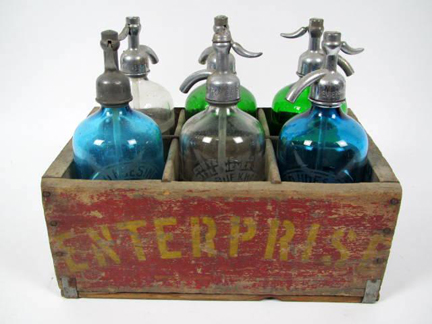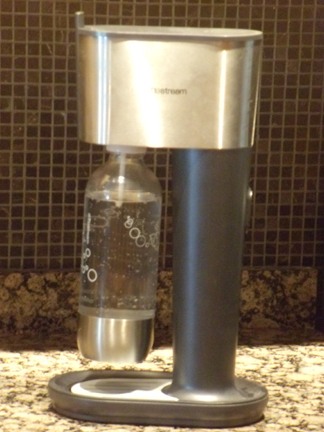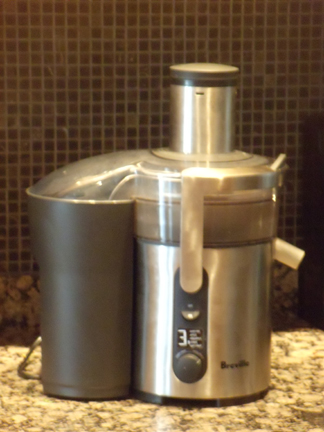Victor Margolin

Two of the major trends that have driven product design in the past twenty years are connectivity and sustainability. The desire to be in frequent if not constant communication with others has spawned a variety of devices from cell phones to almost lighter-than-air tablets and laptops. We seem to be heading toward a state of ubiquitous communication, known in the trade as ‘ubicomp,’ where it is possible to immerse oneself in a constant flow of communication, although one impulse behind the rapid-fire advancement in communication devices is from companies that want to turn them into platforms for product sales. Mobile phones are increasingly becoming platforms for thousands of digital applications or ‘apps.’ At the same time tablets such as the iPad and laptops have become razor thin and highly portable.
This trend towards greater connectivity will continue as we head towards new devices that will shrink in size while they expand in services. The question is what all the tech companies will do when devices become as good as we need them to be, something that could happen in the next few years. While it is possible to imagine an apotheosis for connectivity devices, a point at which the a device will be sufficient and thus preclude the necessity for any further development, the field for sustainable products seems at this point vast and seemingly endless. We are accustomed to consuming so much energy that we have moved relatively slowly to invent energy-saving products or products that alter our habits so that we can conserve energy and resources simply by living differently.
The two products I want to propose as examples of sustainability are unusual. They are not electric cars or solar ovens, nor are they wind turbines or garbage cans made of recycled plastic. One is a seltzer maker and the other a juicer. I received the seltzer maker for my birthday last year and my wife bought the juicer because she loves fresh fruit and vegetable juice. Seltzer is in my family tradition. My grandparents in New York used to order bottles of seltzer from the seltzer man who came around to their apartment building with his truck packed with the fizzy stuff. The bottles had special metal tops with a lever that you pressed to squirt the seltzer out. The seltzer man put them in a special lifting device called a dumbwaiter and my grandmother pulled a rope to hoist them up to her apartment. When the seltzer man returned with more bottles of seltzer, she put the empty bottles on the dumbwaiter and lowered them so he could take them back.
Actually that was far more sustainable than throwing the bottles away as we do today. There have not been any seltzer men or special seltzer bottles for many years. Today, seltzer is sold in the supermarket in ordinary glass or plastic bottles. And it’s not cheap if you want the good stuff. Canada Dry makes carbonated water but if you are inclined to drink the best gaseous mineral water you have to buy San Pellegrino. Think about its ecological footprint, though. First there are the bottles that have to be disposed of. Then there is the shipping from Italy to the United States and after that the labor involved in driving the crates of San Pellegrino from the shipping container at the dock to the various supermarkets and finally somehow disposing of the bottles, either in landfills (the worst case) or in a recycling process where more form of recycled material.

The seltzer machine avoids all that. It has a device that holds a gas canister and has a nozzle where you can screw in a plastic or glass bottle filled with water. You pull a lever three times to pump carbonation into the water, and the fourth time, you hear a loud spritzing noise. Then you unscrew the bottle and it is miraculously filled with seltzer that is carbonated just to your taste. All this is done with no electricity. My first canister lasted for more than three months, and I made no less than fifty bottles of seltzer, using only the two bottles that came with the device. When the canister was empty, I returned it to a store that sells household goods. I paid a modest amount for a new canister and a store employee took the empty one, which the store then sent out to be filled with gas before it was resold. As a result, the seltzer machine has a very low carbon footprint, allows me to make seltzer that satisfies my personal taste, and is fun to operate besides that.

The juicer makes fresh juice from whatever fruits and vegetables you put into it. My wife usually makes the juice and I drink anything she concocts, knowing that it is healthy no matter what the brew contains. We have had juice made of kale, beets, berries, carrots, apples, bananas, celery and much more. My daughter has a juicer too and she has added red peppers to the mix. The juicer is very efficient in accepting whatever kinds of vegetables and fruits are in the refrigerator. It does leave some waste and thus far, we have put the waste in the garbage. However, should we become more ambitious and purchase a home composter, we could make our own compost and then use it as fertilizer for our plants, or we could simply take it to a public park and dump it on the ground, where it would nourish the soil.
A byproduct of the seltzer machine and the juicer is that my wife and I gain more control over what we produce in our kitchen. From unhealthy prepared fast foods and sugary soft drinks at one extreme, we arrive at the other extreme of healthy food and drinks that we make ourselves. We also have the option to buy locally grown produce. Our original investment in the machines, which contributes to the economy by supporting the companies that make and maintain them, has enabled us to accomplish numerous goals. We reduce our carbon footprints by opting out of the cycle of purchasing drinks in glass or plastic bottles that have to be recycled, and we enhance our health and well-being by consuming higher quality food and drink. There is no foreseeable end to the products that can serve us in sustainable ways. The more of them we use, the more we change the culture of irresponsible consumption of resources and the production of unhealthy foods. There is lots to do in the next twenty years.
Victor Margolin is Professor Emeritus of Design History at the University of Illinois, Chicago. He is currently working on a World History of Design to be published by Berg in London.











Leave a Reply
You must be logged in to post a comment.